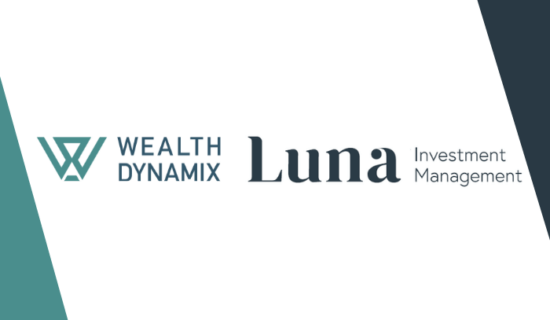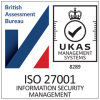Wealth managers must rethink how they organise teams and functions to align with client journeys in a more profitable way.
Seasoned wealth managers will recall the days when internal mail was placed in a manilla envelope and dropped in a collection box, taken to the post room, then sorted and delivered to a recipient, often within the same building. It’s hard to imagine a slower and less efficient way to action client requests. Fast forward to today, where communications and collaboration have been completely transformed by technology… it is now people management, organisational hierarchies and budget allocations that are barriers to delivering a more rewarding client experience.
Today, organisations tend to be structured into teams whose members share common skill sets and sit together in functional departments – sales, marketing, client service and compliance, for example. Increasingly, these siloed functions are failing to align with client journeys, hindering your ability to deliver consistent, fluid and relevant client experience.
During pandemic-enforced remote working we have learnt that time is best spent collaborating with those who are pivotal to getting the job done, not necessarily those you would normally sit beside in the office. For many, this has been the catalyst for reviewing team dynamics and performance, in pursuit of increased client centricity.
A blueprint for a new way of working
Progressive wealth managers are beginning to evolve into distributed, client journey-focused organisations. Instead of structuring teams by function they are creating hubs, or pods, aligned to stages in the client lifecycle or individual client segments. Early indications are that these structures enable much deeper appreciation of every client’s requirements and expectations, at each stage of the client lifecycle, and the treatment that will resonate with them.
The more granular the segmentation, the more personalised client experience will be, and the more satisfied clients will become. When wealth managers find ways to offer tailored client service to HNW celebrities versus HNW entrepreneurs, for example, the client relationship will become more deep and meaningful, encouraging greater share of wallet.
When considering the needs of mass affluent versus HNW and UHNW clients, as much as 80% of the client journey involves common steps; what differs, and impacts the profitability of your operating model, is your treatment of each client segment and their experience. By mapping organisational structures to phases in the client lifecycle, wealth managers are more likely to optimise cost-to-income ratio across the board.
How and when will wealth managers adapt?
From a practical perspective, remote working has already removed physical barriers to organisation structures. However, the DNA of a functional setup is pervasive throughout most organisations and change may prove difficult due to regulation, perceived risk and internal resistance.
Conceptual, cultural and psychological debates must be concluded before change can occur. And even for those with a strategy in place that replaces current organisational siloes with new, client journey-mapped pods, reform takes time.
The role of technology in enabling organisational change
Addressing individuals’ requirements and creating more fluidity and personalisation throughout the client lifecycle goes far beyond simply communicating and collaborating more effectively. Whatever your organisational structure, technology has the ability to align cross-functional teams and significantly improve your handling of the client journey.
Client Lifecycle Management (CLM) technologies go a long way towards eliminating manual administration, breaking down organisational and data siloes and providing a level of orchestration across departments and functions that is only possible through automation.
In addition, by implementing AI and advanced analytics to reveal insights that make hyper-personalisation possible, relationship managers can increase the relevance of advice provided to clients, present it in the most appropriate form and at the right time. This helps to put clients at the forefront of your firm, both before and after restructuring.
The bottom line
Traditional ways of managing client relationships need to evolve for wealth managers to remain relevant. Organisational change is required to support the level of segmentation and personalisation needed to keep clients engaged and loyal. While this won’t happen overnight, those wealth managers who are ahead of the CLM technology curve today are already empowering relationship managers to meet client expectations, whether organisational restructuring has occurred
This post is an extract from the e-book ‘5 ways wealth managers can get ahead in 2021’. Download the full e-book below.





